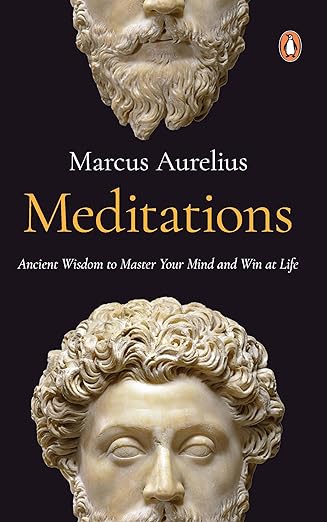Description
Lean Thinking: Banish Waste and Create Wealth in Your Corporation
07 Jul 2003
by James P. Womack, Daniel T. Jones
- Publisher : Free Press
- Language : English
- Pages : 400
- ISBN-10 : ?743231643
- ISBN-13 : 9780743231640
Lean Thinking was launched in the fall of 1996, just in time for the recession of 1997. It told the story of how American, European, and Japanese firms applied a simple set of principles called ‘lean thinking’ to survive the recession of 1991 and grow steadily in sales and profits through 1996. Even though the recession of 1997 never happened, companies were starving for information on how to make themselves leaner and more efficient. Now we are dealing with the recession of 2001 and the financial meltdown of 2002. So what happened to the exemplar firms profiled in Lean Thinking? In the new fully revised edition of this bestselling book those pioneering lean thinkers are brought up to date. Authors James Womack and Daniel Jones offer new guidelines for lean thinking firms and bring their groundbreaking practices to a brand new generation of companies that are looking to stay one step ahead of the competition.
![]() Reviews
Reviews
3.9 rating based on 5,964 ratings (all editions)
ISBN-10: 0743231643
ISBN-13: 9780743231640
Goodreads: 232258
Author(s): Publisher: Simon & Schuster
Published: //
In the revised and updated edition of Lean Thinking: Banish Waste and Create Wealth in Your Corporation, authors James P. Womack and Daniel T. Jones provide a thoughtful expansion upon their value-based business system based on the Toyota model. Along the way they update their action plan in light of new research and the increasing globalization of manufacturing, and they revisit some of their key case studies (most of which still derive, however, from the automotive, aerospace, and other manufacturing industries).
The core of the lean model remains the same in the new edition. All businesses must define the "value" that they produce as the product that best suits customer needs. The leaders must then identify and clarify the "value stream," the nexus of actions to bring the product through problems solving, information management, and physical transformation tasks. Next, "lean enterprise" lines up suppliers with this value stream. "Flow" traces the product across departments. "Pull" then activates the flow as the business re-orients towards the pull of the customer's needs. Finally, with the company reengineered towards its core value in a flow process, the business re-orients towards "perfection," rooting out all the remaining muda (Japanese for "waste") in the system.
Despite the authors' claims to "actionable principles for creating lasting value in any business during any business conditions," the lean model is not demonstrated with broad applications in the service or retail industries. But those manager's whose needs resonate with those described in the Lean Thinking case studies will find a host of practical guidelines for streamlining their processes and achieving manufacturing efficiencies. --Patrick O'Kelley







